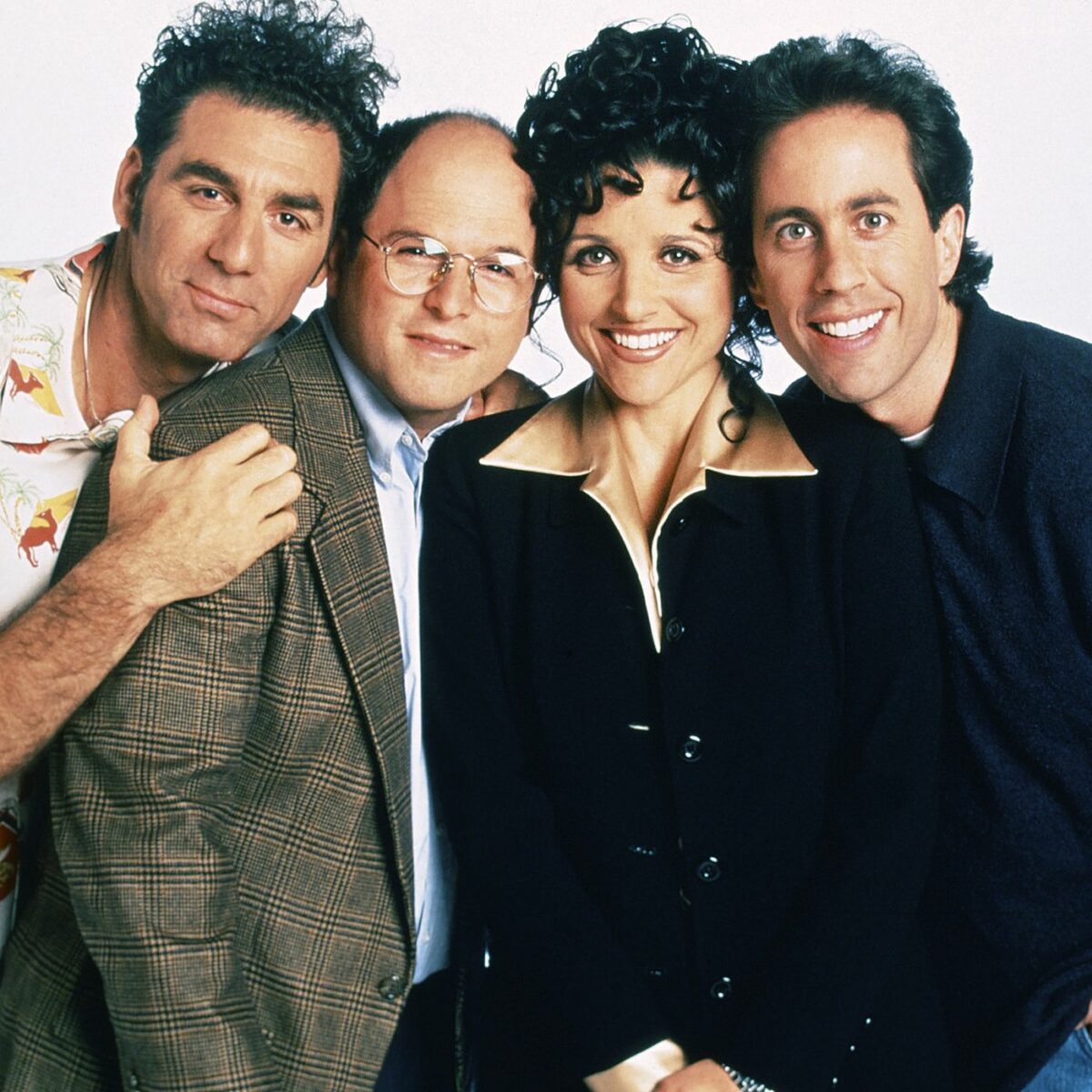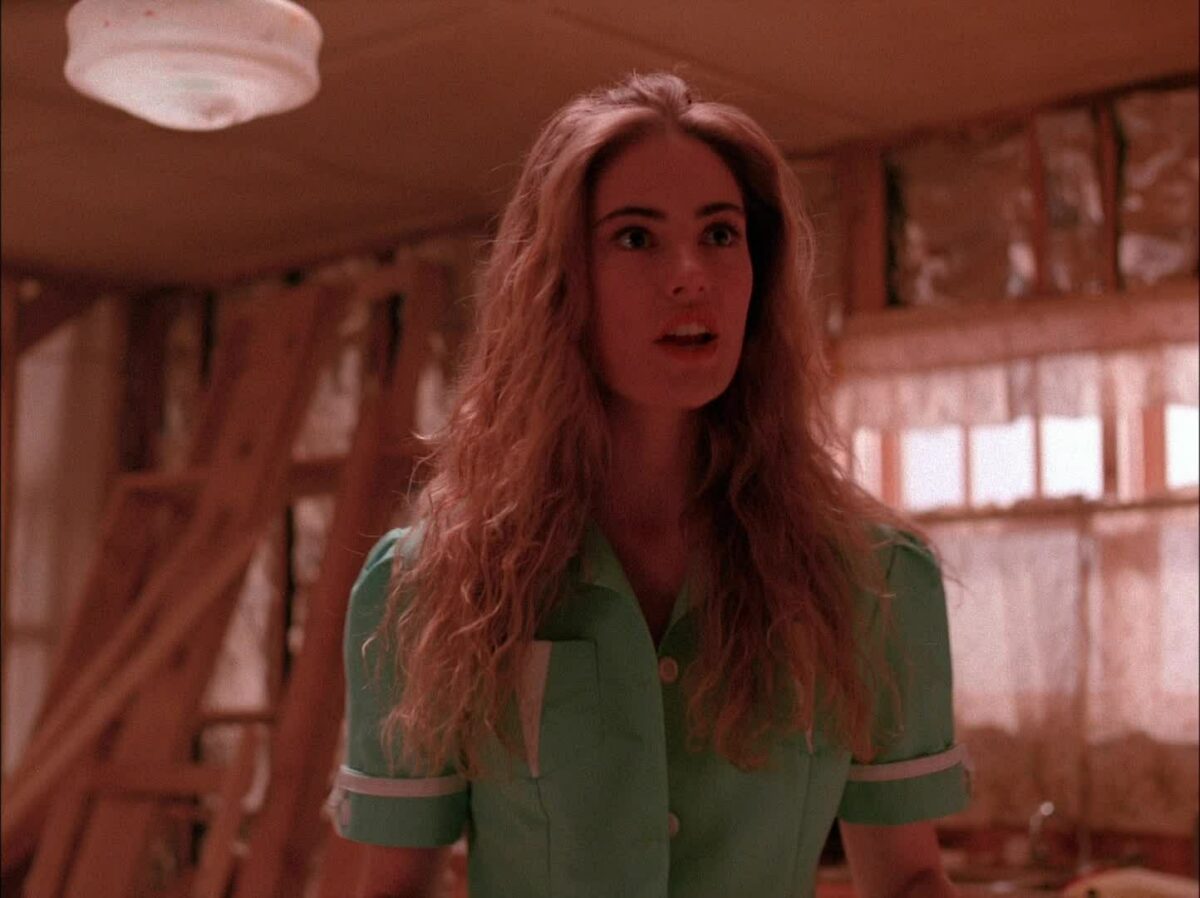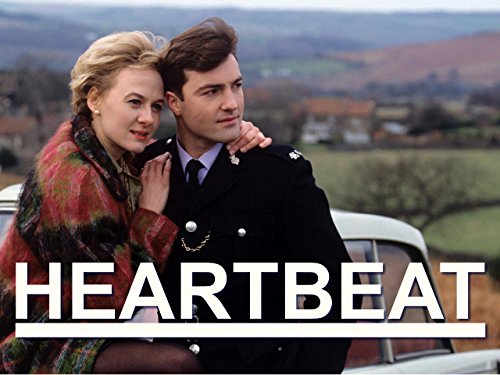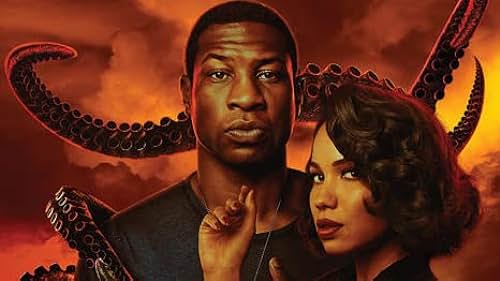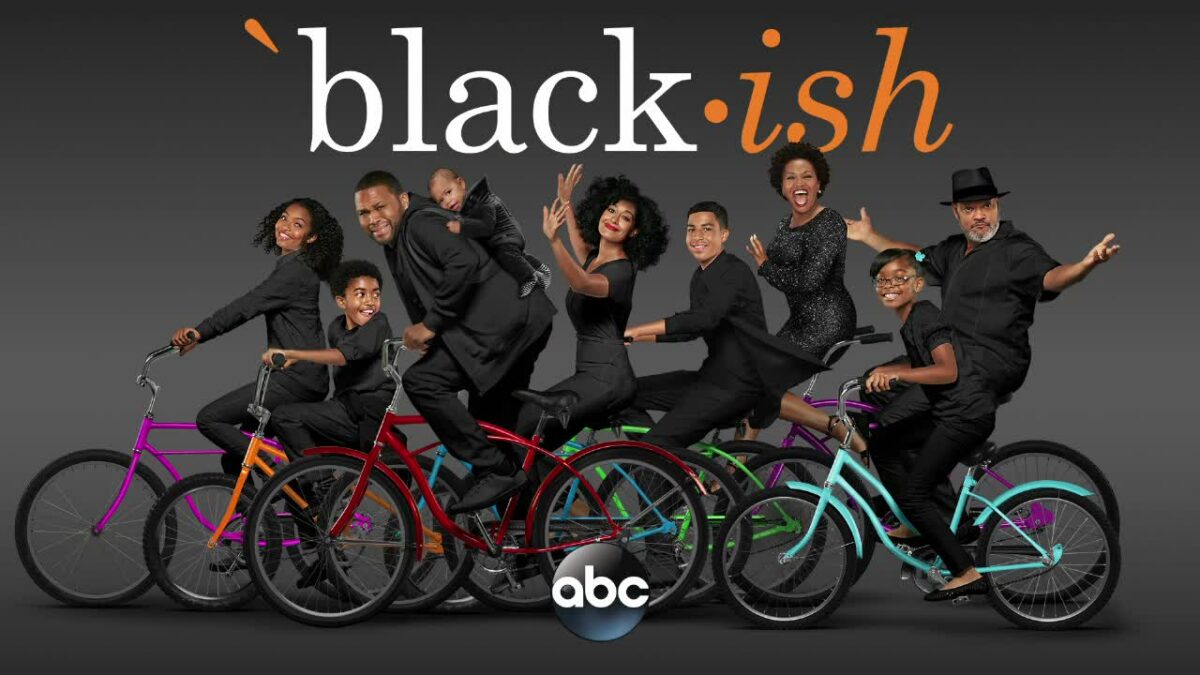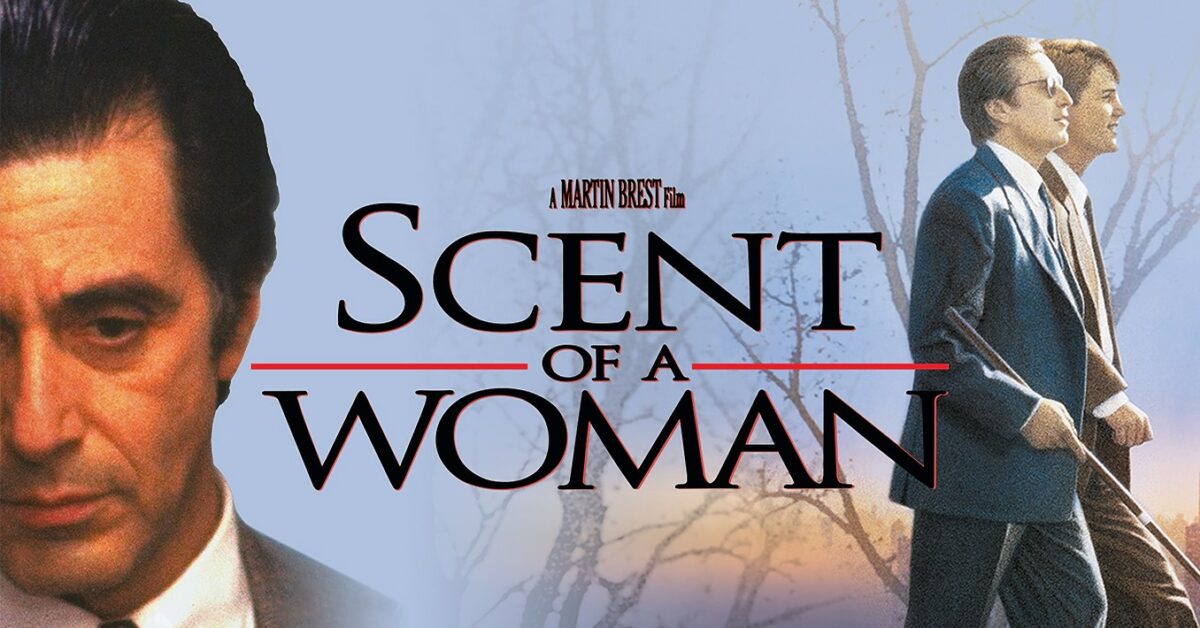Introduction:
“The Simpsons,” a cultural juggernaut and an animated institution, burst onto television screens in 1989 and forever altered the landscape of animated comedy. Created by Matt Groening, this satirical portrayal of the dysfunctional Simpson family quickly transcended its humble origins to become a global phenomenon. In this comprehensive exploration, we will delve into the colorful history, cultural impact, iconic characters, and enduring legacy of “The Simpsons,” a show that has not only entertained but also reflected and influenced society for over three decades.
Section 1: Origins and Early Days The genesis of “The Simpsons” traces back to Matt Groening’s subversive comic strips, particularly “Life in Hell.” This section will explore the circumstances that led to the creation of the animated sitcom, from Groening’s initial concepts to the development process at the hands of visionary producer James L. Brooks. Delve into the early days of “The Simpsons” and its evolution from animated shorts to a half-hour prime-time series.
Section 2: The Simpsons Family: America’s Dysfunctional Sweethearts At the core of “The Simpsons” is the eponymous family – Homer, Marge, Bart, Lisa, and Maggie – each an iconic character in their own right. This section will provide an in-depth exploration of the Simpson family members, their distinct personalities, and the dynamics that make them relatable to audiences worldwide. Examine how the Simpson family has become an enduring symbol of animated dysfunctionality and familial love.
Section 3: Springfield: The Quirky Hometown The fictional town of Springfield serves as the vibrant backdrop for the misadventures of the Simpson family. This section will delve into the rich tapestry of Springfield, exploring its quirky residents, landmarks, and recurring locations. From Moe’s Tavern to the Nuclear Power Plant, analyze how Springfield has become an integral part of the show’s satirical charm.
Section 4: Satire and Social Commentary “The Simpsons” is renowned for its sharp wit, biting satire, and keen observations on contemporary society. This section will explore the show’s unique ability to satirize and comment on various aspects of culture, politics, and everyday life. Examine how “The Simpsons” has tackled social issues, celebrity culture, and even its own status as a pop culture phenomenon.
Section 5: Iconic Characters Beyond the Simpson Family While the Simpson family takes center stage, “The Simpsons” boasts an extensive ensemble cast of recurring characters, each leaving an indelible mark on the show’s narrative. This section will introduce iconic characters such as Krusty the Clown, Mr. Burns, Ned Flanders, and Apu. Analyze how these characters contribute to the show’s comedic depth and cultural impact.
Section 6: The Simpsons’ Cultural Impact “The Simpsons” quickly transcended its status as a mere television show to become a cultural touchstone. This section will explore the profound impact of “The Simpsons” on popular culture, from its catchphrases and merchandise to its influence on language and societal norms. Examine how the show has permeated various aspects of daily life and left an enduring imprint on the cultural landscape.
Section 7: Groundbreaking Animation and Visual Style Beyond its narrative brilliance, “The Simpsons” has been a trailblazer in the realm of animation. This section will explore the show’s groundbreaking animation techniques, distinctive character designs, and visual style. From its crude beginnings to the evolution of animation technology, examine how “The Simpsons” has contributed to the artistic landscape of animated television.
Section 8: Musical Brilliance: The Simpsons Soundtrack The musical score of “The Simpsons,” composed by Danny Elfman, is an integral part of the show’s identity. This section will delve into the iconic theme music and the musical brilliance that accompanies the series. Explore the use of music, songs, and original compositions to enhance the comedic and emotional beats of the show.
Section 9: Notable Episodes and Story Arcs Over its extensive run, “The Simpsons” has produced a myriad of memorable episodes and story arcs. This section will highlight some of the standout moments in the series, from classic episodes like “Marge vs. the Monorail” and “Homer’s Phobia” to storylines that resonated with audiences. Analyze how specific episodes and arcs have contributed to the show’s enduring popularity.
Section 10: The Simpsons Movie In 2007, “The Simpsons Movie” brought the beloved characters to the big screen in a feature-length adventure. This section will explore the creation of the movie, its narrative choices, and the reception it received from both fans and critics. Examine how the transition to the cinematic format affected the storytelling dynamics of “The Simpsons.”
Section 11: The Longevity Debate: Challenges and Triumphs As “The Simpsons” surpassed three decades on the air, it faced the ongoing debate surrounding the longevity of television series. This section will explore the challenges and triumphs of sustaining a show for such an extended period. Examine how “The Simpsons” navigated shifts in cultural sensibilities, evolving audience expectations, and the changing landscape of television.
Section 12: The Legacy Beyond the Screen “The Simpsons” legacy extends beyond the confines of the television screen. This section will explore the show’s impact on subsequent animated series, its influence on comedic storytelling, and its role in shaping the landscape of prime-time animation. Examine the enduring legacy of “The Simpsons” in the broader context of television history.
Section 13: Controversies and Criticisms Despite its widespread acclaim, “The Simpsons” has not been immune to controversies and criticisms. This section will delve into instances where the show faced backlash, whether for cultural insensitivity, character portrayals, or other contentious issues. Analyze how “The Simpsons” has navigated controversies and adapted to evolving social expectations.
Section 14: Awards and Recognitions “The Simpsons” has garnered numerous awards and accolades throughout its extensive run. This section will provide an overview of the show’s achievements, from Emmy Awards to Peabody Awards, and how it has been recognized for its contribution to the television medium. Examine the critical acclaim and industry recognition that have solidified “The Simpsons” as a cultural institution.
Section 15: The Future of The Simpsons As “The Simpsons” continues into its fourth decade, the question of its future looms. This section will explore the prospects and challenges of the show in the modern television landscape. Examine how “The Simpsons” remains relevant, adapts to changing cultural dynamics, and continues to entertain new generations of viewers.
Conclusion: “The Simpsons” stands as a testament to the enduring power of animated storytelling, satirical brilliance, and the ability to resonate across generations. Through its vibrant characters, razor-sharp wit, and cultural commentary, the show has become a cultural institution that transcends the boundaries of television. As we conclude this comprehensive exploration, we celebrate the iconic legacy of “The Simpsons” and its indelible imprint on the landscape of animated comedy.

